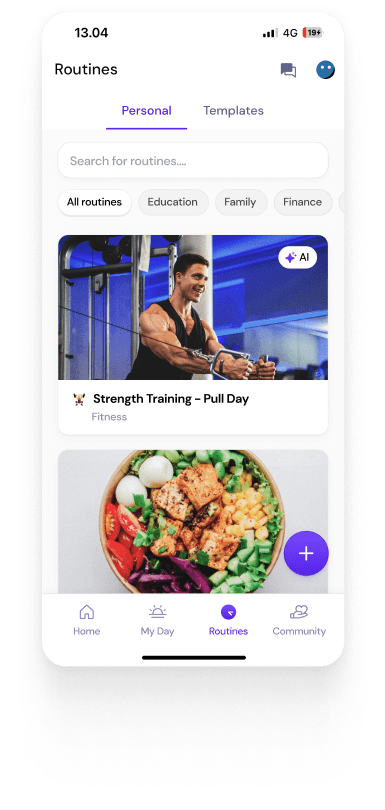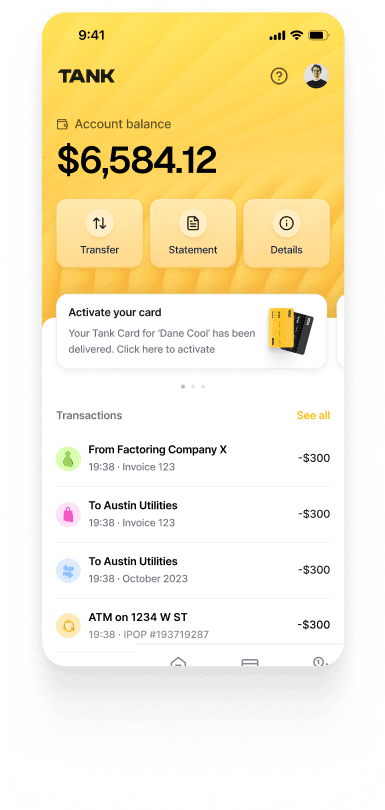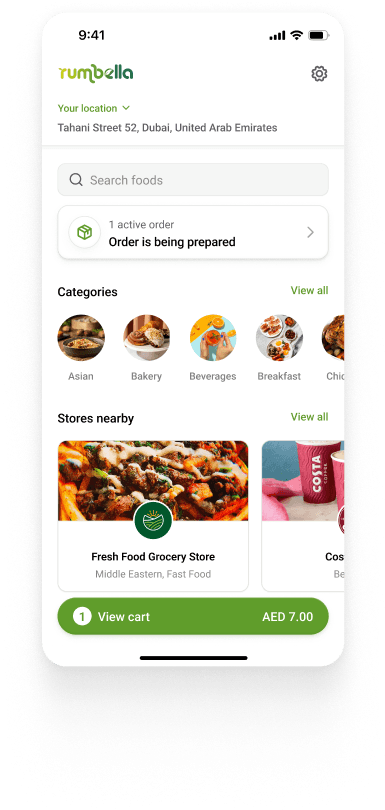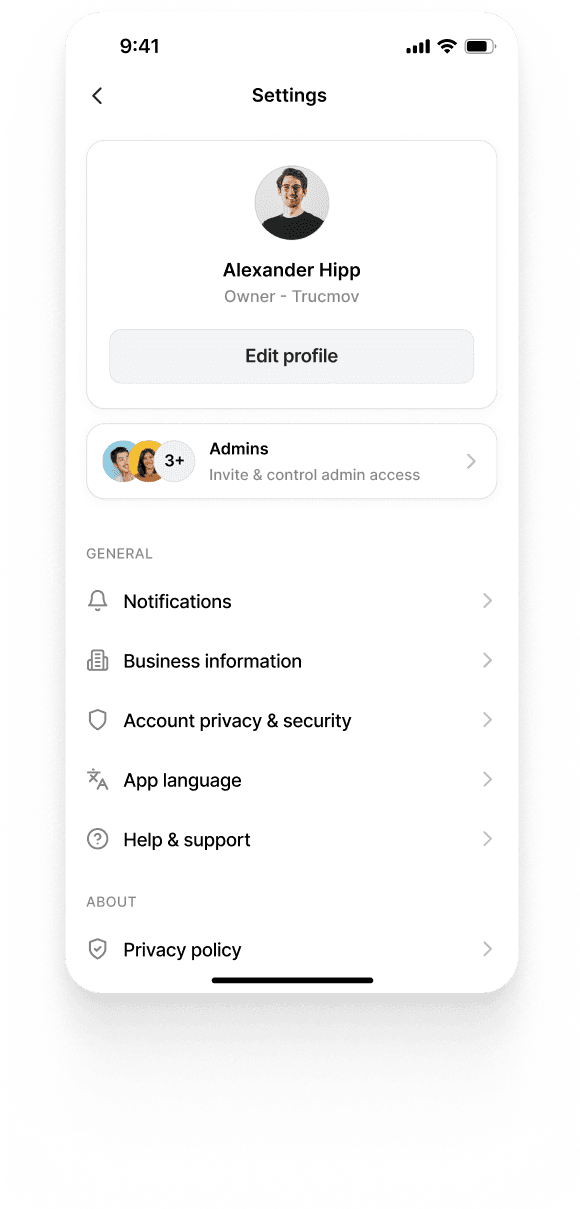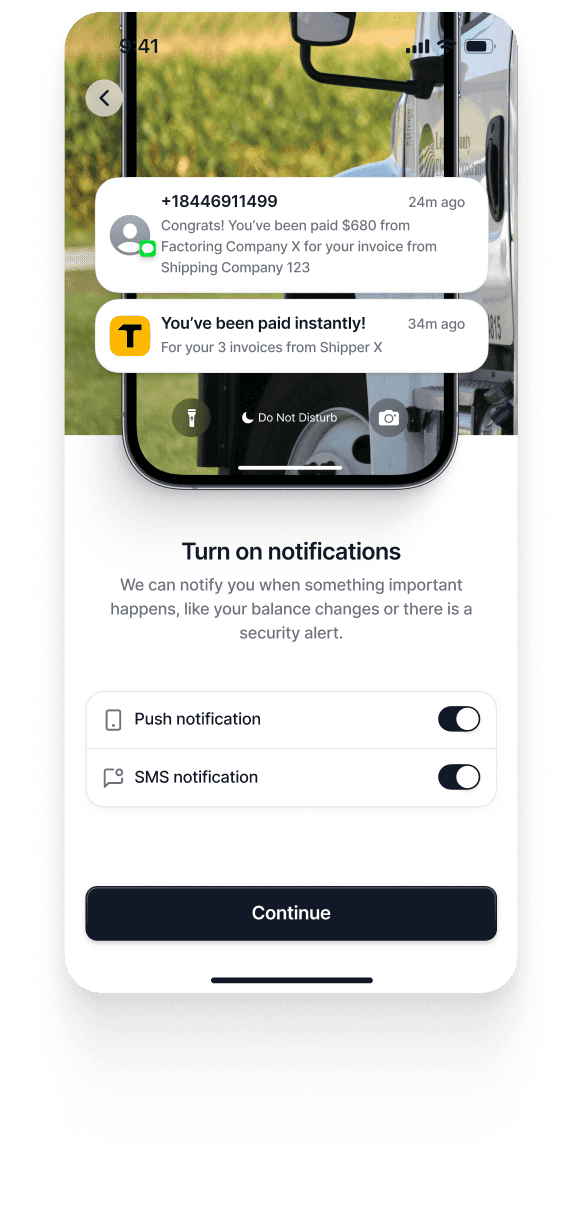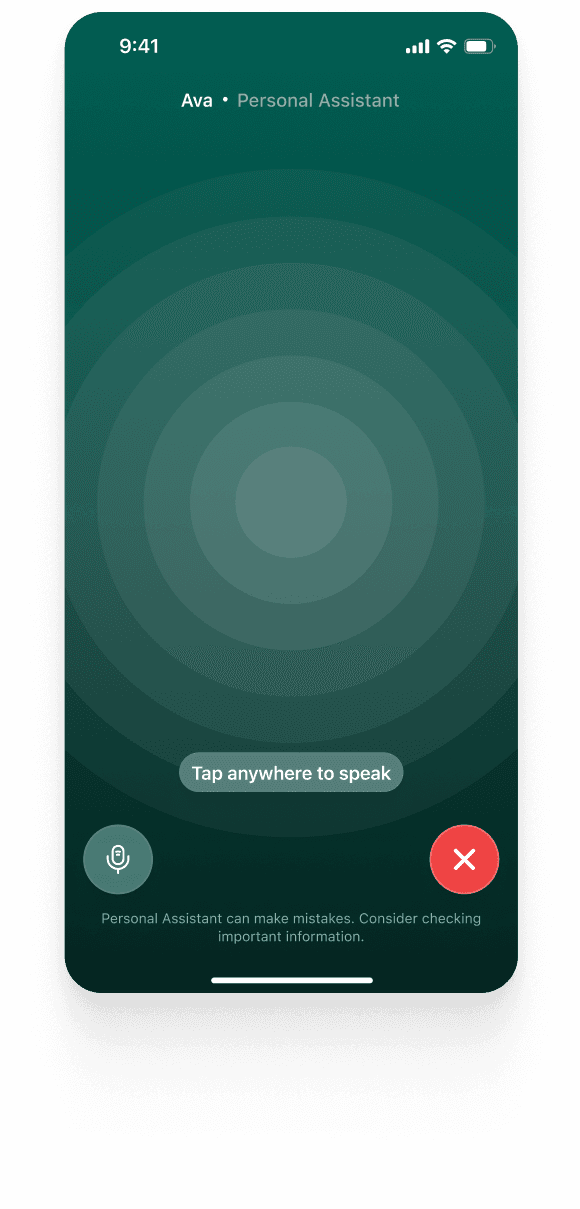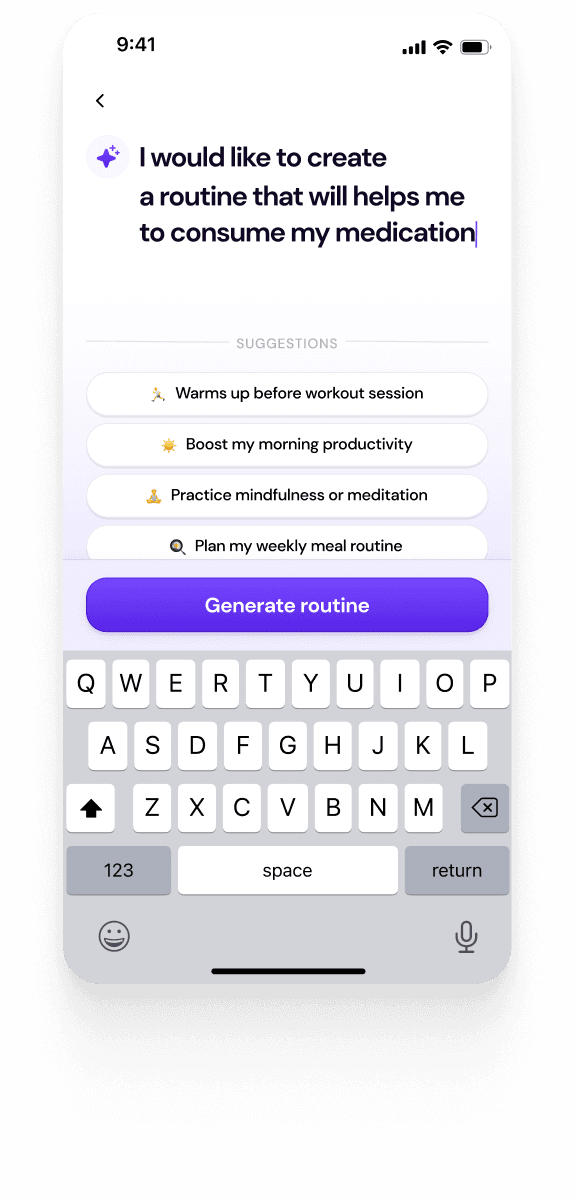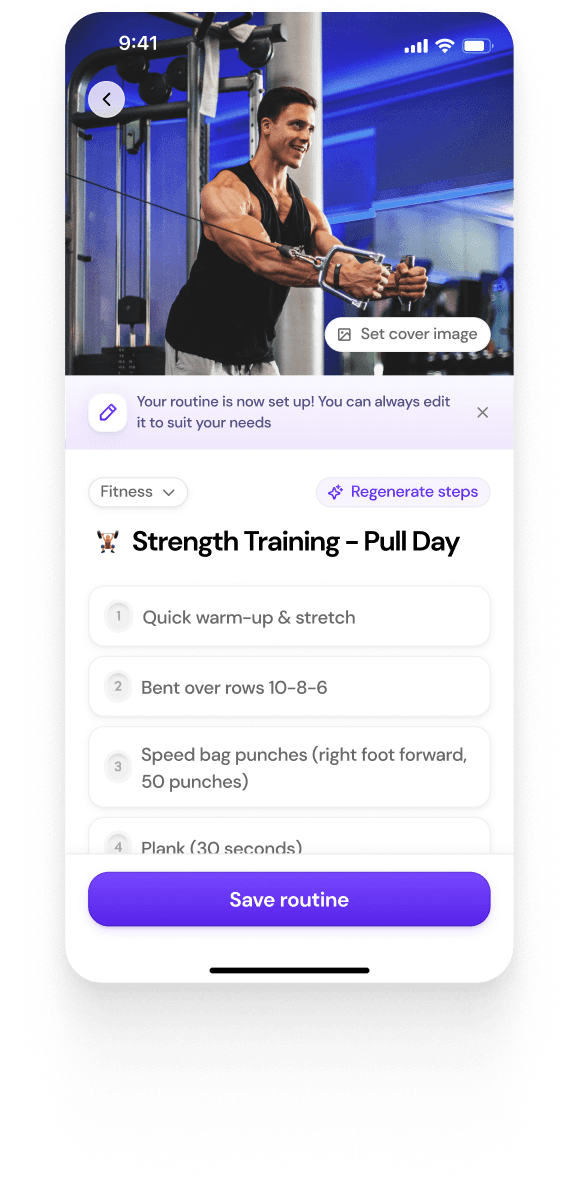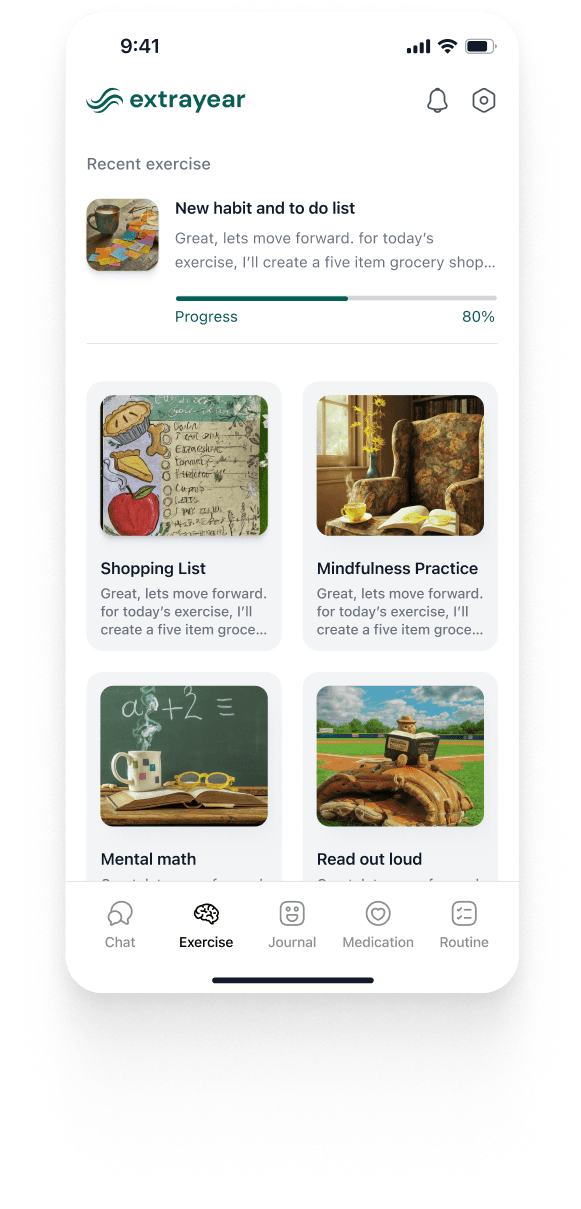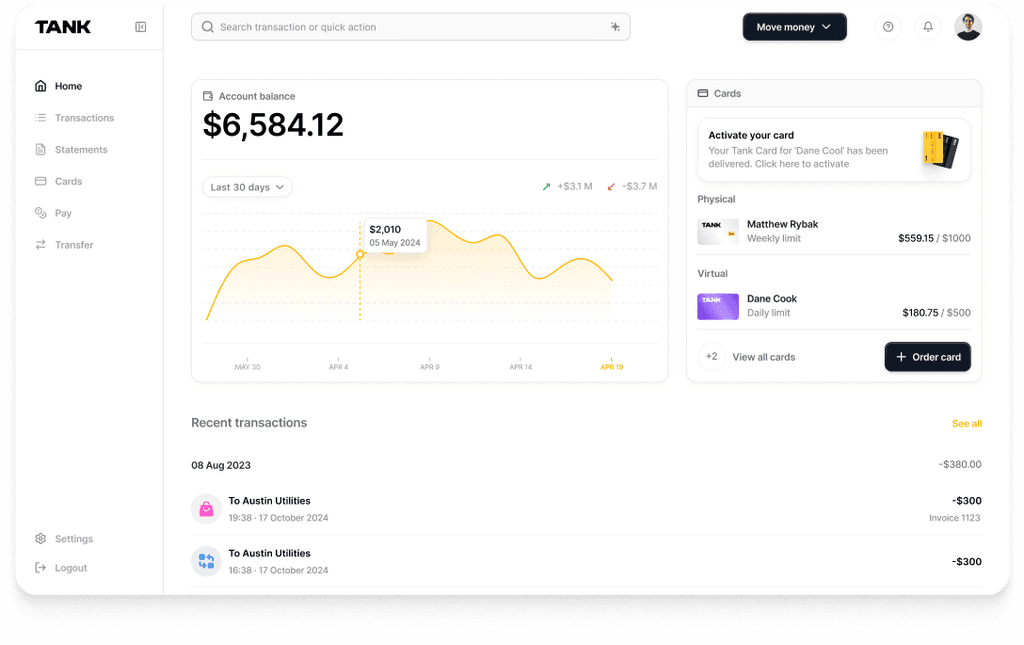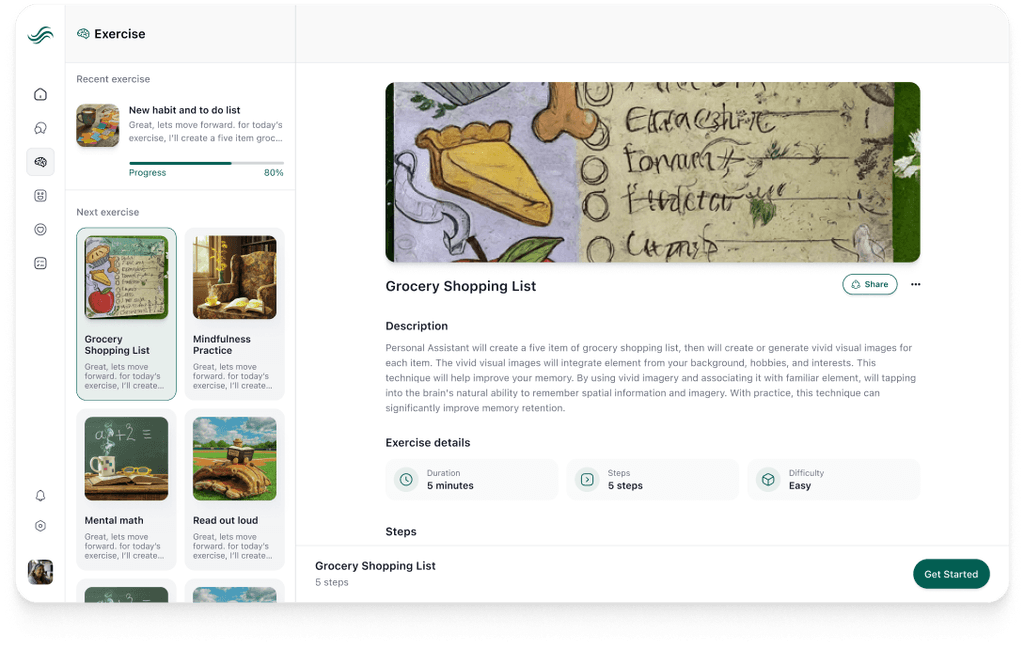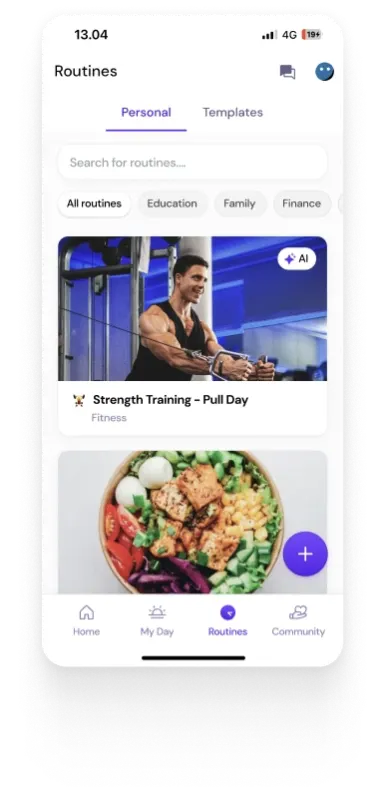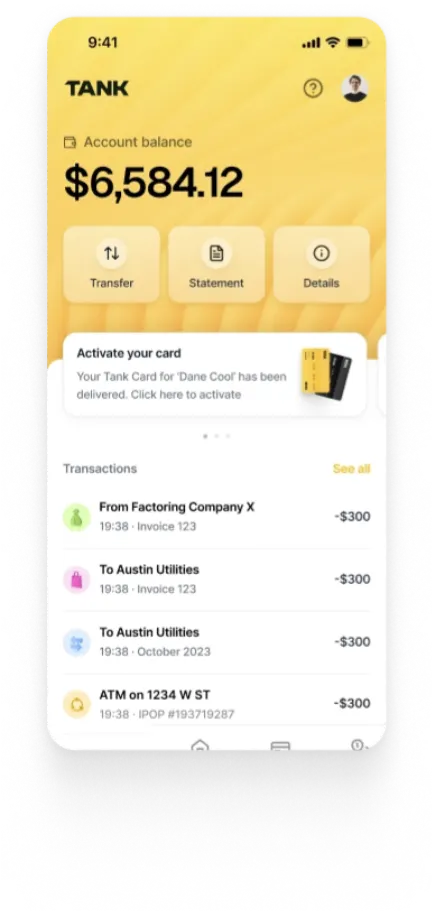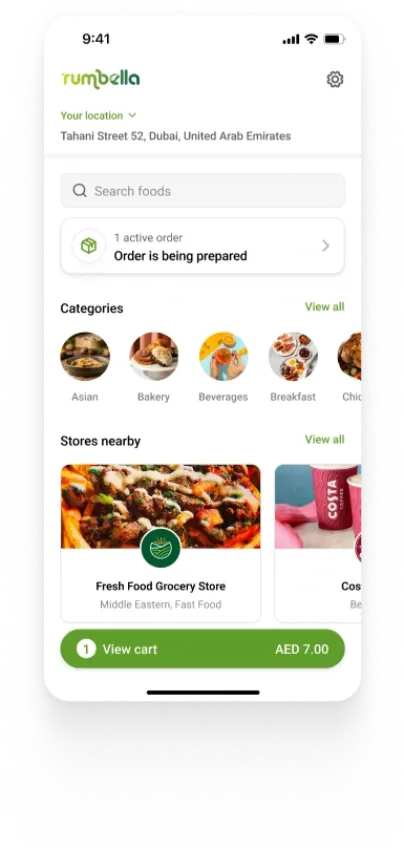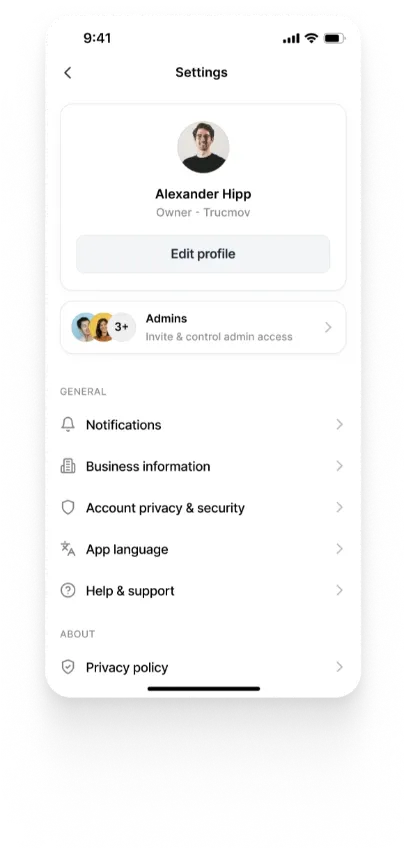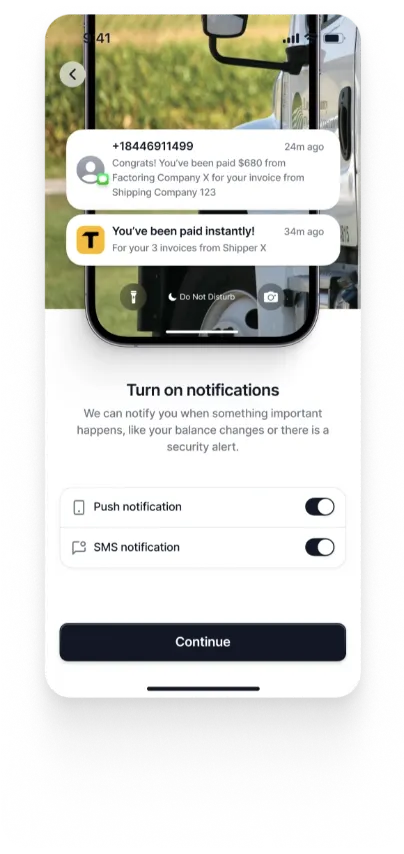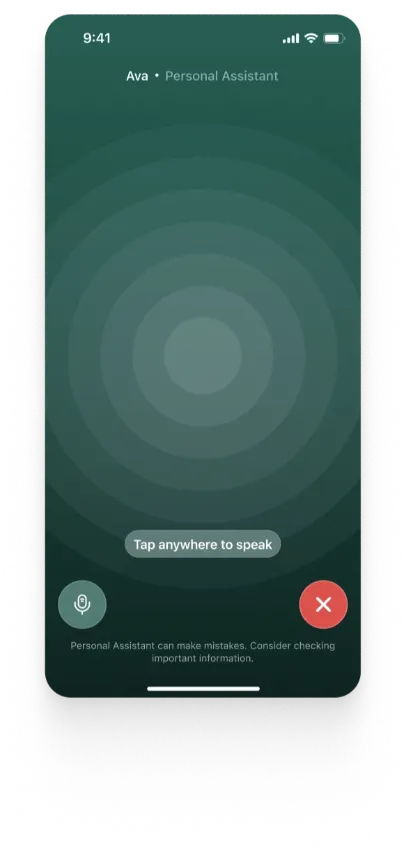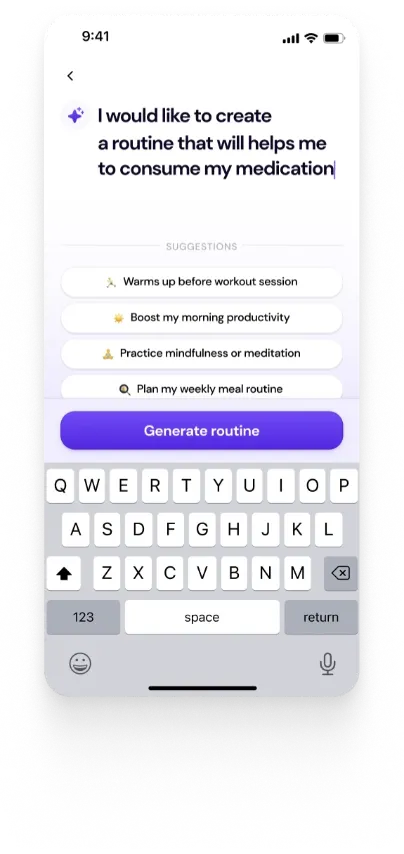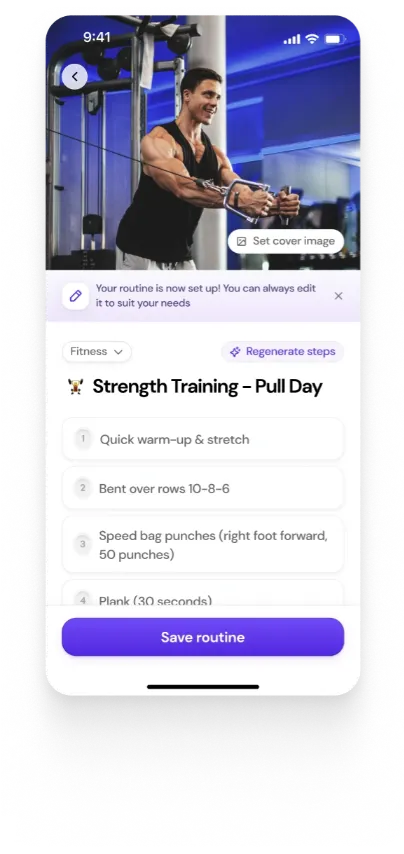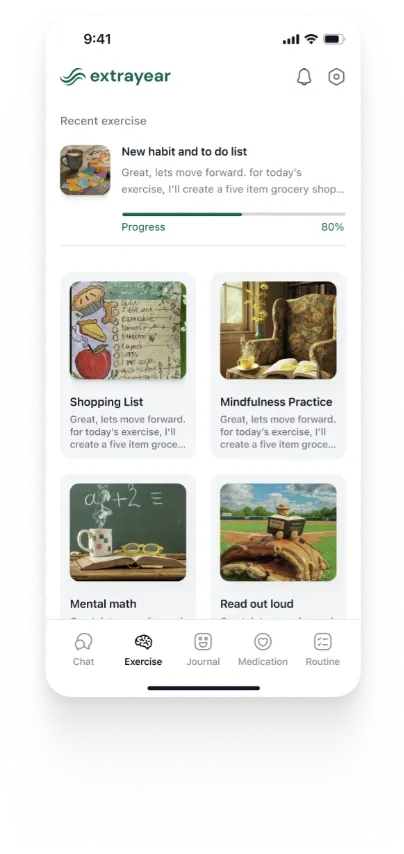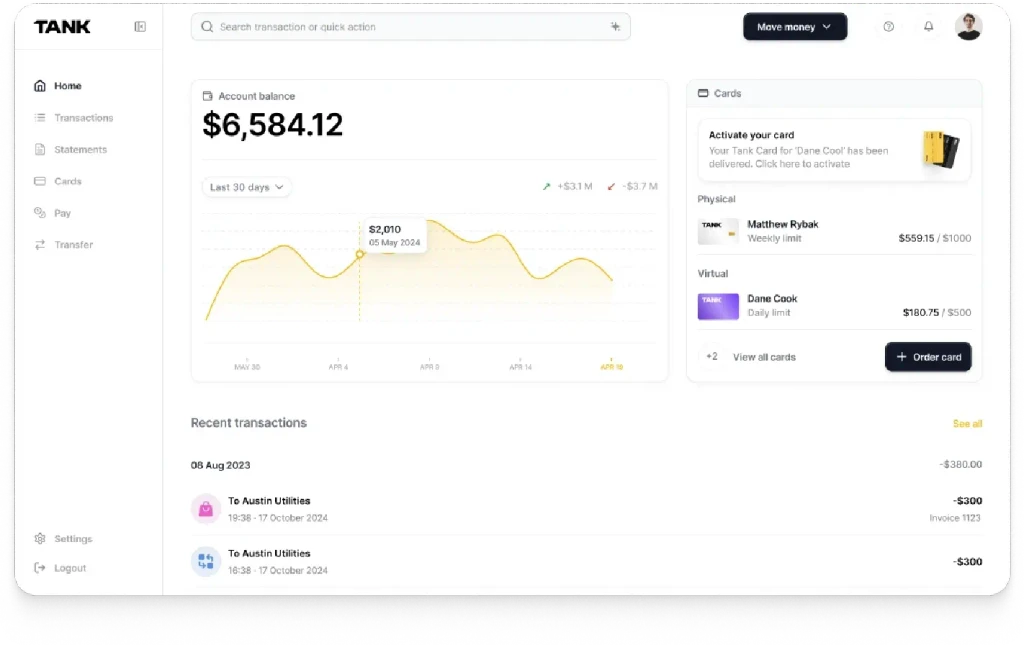Whitelisting Guidelines for Google Play and the Apple App Store
Summary
This insight explores whitelisting guidelines for Google Play and the Apple App Store, helping developers navigate the complexities of app approval. It details key requirements such as content restrictions, intellectual property, privacy policies, and in-app purchases, providing developers with strategies to avoid common rejections. It also highlights differences in the review processes to guide successful app submissions across both platforms.
Key insights:
Eligibility for Whitelisting: Apps must comply with security, content, and user data standards to qualify for distribution.
Content Compliance: Strict adherence to platform-specific content policies, especially regarding restricted categories like gambling or adult content, is critical.
Data Privacy and Security: Apps must provide clear privacy policies, ensure user data protection, and meet transparency requirements.
Monetization Rules: Both platforms require using native payment methods, with Apple's in-app purchase rules being more stringent.
Platform Differences: Apple's review process is more meticulous, while Google Play tends to be more flexible in terms of app updates and metadata adjustments.
Appeals for Rejection: Both platforms offer an appeals process for rejected apps, though Apple's tends to involve stricter review procedures.
Design Guidelines: Apps must adhere to each platform’s distinct design and user experience guidelines, ensuring smooth approval processes.
Introduction
Getting an app approved and published on major app stores like Google Play and the Apple App Store is a critical step for mobile app developers and companies, as these platforms serve as the primary distribution channels for reaching millions of potential users worldwide. The app review and approval process can be challenging and complex, especially for certain types of apps dealing with content that must navigate additional regulatory requirements and compliance issues. Therefore, before launching, it is important to make sure that your app is in the best shape possible to get whitelisted.
This article aims to provide a comprehensive exploration of the concept of app whitelisting, offer an in-depth overview of the guidelines and requirements for both the Google Play Store and Apple App Store, discuss common pitfalls that developers should strive to avoid, explain the rejection and appeal processes in detail, and highlight key differences between the two platforms' policies to help developers navigate the app submission process more effectively.
What is App Whitelisting?
App whitelisting refers to the process of explicitly allowing certain applications to run on a system or platform while blocking all others by default, which serves as a security measure to protect against unauthorized or potentially harmful software. In the context of app stores, whitelisting means getting an app approved through the rigorous review process to be published and made available for download to users, ensuring that only apps meeting specific quality, security, and content standards are accessible through the platform. While there is some maintenance overhead associated with relying on an app store for whitelisting, it is centralized (approving an app once and posting it to the app store) instead of distributed (configuring thousands of managed mobile devices to recognize the latest apps and app updates), which can significantly reduce the administrative burden and improve overall security management for large organizations like Apple and Google.
Google Play Store Guidelines
To publish an app on the Google Play Store, developers must adhere to a comprehensive set of guidelines and policies designed to ensure the safety, quality, and trustworthiness of the platform. These policies cover various aspects of app development, content, and distribution, and are regularly updated to address emerging challenges and technologies.
1. Developer Account and Registration
To begin the process of publishing an app on the Google Play Store, developers must first create a Google Play Developer account and pay a one-time $25 registration fee, which helps to establish the developer's identity and commitment to the platform. For corporate accounts, additional documentation may be required to verify the business entity, such as articles of incorporation or other legal documents that prove the company's legitimacy and authority to publish apps. This initial step is crucial for establishing a developer's identity and accountability within the Google Play ecosystem, as it allows Google to maintain a record of responsible parties for each published app.
2. Restricted Content
Google Play maintains strict policies regarding restricted content to protect users and comply with legal requirements across various jurisdictions. These policies cover a wide range of content categories, each with specific guidelines and restrictions. Developers must carefully review and adhere to these policies to ensure their apps are compliant and suitable for distribution on the Google Play Store.
Child endangerment: Prohibits any content that exploits or abuses children, including inappropriate interactions with minors, sexual content involving minors, and non-sexual endangerment or neglect of children.
Inappropriate Content: Restricts content that is excessively violent, graphic, or sexual in nature. This includes hate speech, bullying, harassment, and content that promotes dangerous activities or substance abuse.
Financial services: Requires apps offering financial services to comply with local laws and regulations. Trading apps must clearly disclose risks and not engage in deceptive practices or unlicensed activities. Google does not allow apps that provide users the ability to trade binary options.
Real money gambling, games, and contests: Allows real money gambling apps only in certain countries with proper licensing. These apps must implement age verification and geo-restriction measures.
Illegal activities: Prohibits apps that facilitate or promote illegal activities, including the sale of illegal goods, services, or substances.
User-generated content: Requires apps with user-generated content to implement robust moderation systems to prevent the spread of harmful or inappropriate material.
Health Content and Services: Mandates that health-related apps provide accurate information, avoid making misleading claims, and comply with medical and scientific best practices. For apps that offer medical advice or diagnoses, it is essential to include appropriate disclaimers clearly stating the limitations of the app and, where necessary, involve qualified healthcare professionals in the development and review process to ensure the accuracy and safety of the information provided.
Blockchain-based content: Sets guidelines for apps utilizing blockchain technology, including those involving cryptocurrencies or NFTs, requiring compliance with financial regulations and clear risk disclosures.
AI-generated content: Requires clear labeling of AI-generated content and adherence to ethical guidelines to prevent the creation of harmful or deceptive material that could mislead or manipulate users.
To view these content guidelines in more detail, check out the restricted content section on their developer policies page.
3. Intellectual Property
Developers must ensure that their apps do not infringe on the intellectual property rights of others, which includes avoiding the unauthorized use of copyrighted material, trademarks, or patented technologies. Apps should contain original content or properly licensed materials, and developers should be prepared to provide documentation of their rights to use any third-party content or technologies if requested during the review process. This policy helps protect both developers and users from potential legal issues and ensures that the Google Play Store remains a platform for legitimate, original content.
4. Privacy and Security
Google Play places a strong emphasis on user privacy and data security, requiring developers to implement proper data handling and protection measures throughout their apps. This includes ensuring the secure transmission of sensitive information such as financial data, implementing encryption for stored user data, and following best practices for authentication and access control. Developers are required to provide a clear and comprehensive privacy policy that details all data collection and usage practices, including what information is collected, how it is used, and with whom it may be shared.
5. Permissions and APIs
Apps must only request permissions that are necessary for their core functionality and use APIs in accordance with their intended purposes, avoiding unnecessary access to sensitive user data or device features. The use of high-risk or sensitive permissions, such as those accessing location data or device sensors, must be justified and clearly explained to users, preferably with in-app explanations or prompts that describe why the permission is needed and how it will be used. Google Play's target API level policy requires apps to target recent Android API levels to ensure they incorporate the latest security and performance improvements, which helps maintain a secure and up-to-date ecosystem for all users.
6. Deceptive Behavior and Misrepresentation
Google Play prohibits apps that engage in deceptive behavior or misrepresent their functionality, content, or origin, as such practices can erode user trust and compromise the integrity of the platform. This includes apps that impersonate other apps or entities, use misleading metadata or descriptions, or attempt to manipulate app ratings and reviews through fraudulent means. Developers must provide accurate and up-to-date information about their apps, including clear descriptions of features and functionalities, to ensure users can make informed decisions about the apps they choose to install and use.
7. Malware and Device Abuse
Apps must not contain malware or engage in any form of device or network abuse, which could potentially harm users' devices or compromise their data. This includes apps that attempt to gain unauthorized access to device resources, interfere with other apps or system functions, or engage in any form of malicious behavior such as data theft or unauthorized surveillance. Google Play uses advanced scanning techniques to detect and remove apps that violate these policies, employing both automated systems and human review to identify potential threats.
8. Monetization and Ads
For apps that include in-app purchases or subscriptions, Google Play requires the use of its billing system for digital goods and services, which helps ensure a consistent and secure payment experience for users. Apps must clearly disclose all fees and charges associated with in-app transactions, providing users with transparent information about costs before they make a purchase. Advertising within apps must not interfere with app functionality or user experience, and developers must avoid deceptive ad practices or the promotion of other apps in a way that violates Google Play policies, such as through disruptive pop-ups or misleading ad content.
9. Compliance and Enforcement
Google Play actively monitors apps for policy violations and may take action against non-compliant apps, including removal from the store and termination of developer accounts for severe or repeated violations. Developers are encouraged to regularly review their apps for compliance with the latest policies and guidelines, as these may be updated periodically to address new challenges or emerging technologies. Google provides resources and documentation to help developers understand and implement these policies, and offers channels for developers to seek clarification or appeal decisions if they believe their app has been incorrectly flagged for a violation.
Apple App Store Guidelines
The Apple App Store, known for its stringent review process and high standards, has its own set of comprehensive guidelines that developers must follow to have their apps approved and published on the platform. These guidelines are designed to ensure the quality, security, and user-friendliness of all apps available on the App Store.
1. Developer Account and Registration
To publish an app on the Apple App Store, developers must first enroll in the Apple Developer Program, which comes with an annual fee of $99 for individual developers or organizations. For corporate accounts, Apple requires additional documentation to verify the business entity, such as articles of incorporation and proof of legal authority to bind the organization to Apple's legal agreements. This enrollment process not only grants access to the necessary development tools and resources but also establishes a formal relationship between the developer and Apple, ensuring accountability and facilitating communication throughout the app development and review process.
2. Design and User Interface
Apple places a strong emphasis on app design and user experience, requiring developers to follow the company's Human Interface Guidelines to ensure a consistent and intuitive user experience across the iOS ecosystem. Apps must be optimized for the latest iOS version and devices, taking advantage of the latest features and capabilities of Apple's hardware and software. This includes supporting various screen sizes and orientations, implementing appropriate gesture controls, and adhering to accessibility guidelines to ensure the app is usable by people with disabilities. Apple's review process pays particular attention to the overall design quality, looking for apps that not only function well but also provide a polished and professional user interface.
3. Functionality and Performance
Apps submitted to the Apple App Store must be complete and fully functional at the time of submission, with all features operational and free from significant bugs or crashes. Apple prohibits the use of private APIs or any modifications to device functionality that could potentially compromise the security or stability of the iOS platform. Apps should also be optimized for performance, with efficient use of system resources to minimize battery drain and maintain responsiveness even on older device models.
4. Content and Age Ratings
The App Store has strict policies regarding app content, prohibiting offensive, insensitive, or adult content that could be inappropriate for younger users or certain cultures. Developers must provide appropriate age ratings and content descriptions for their apps, accurately reflecting the nature of the content and any potentially sensitive material. For trading platforms and financial apps, it is essential to clearly communicate the risks associated with trading and investing, and to comply with all relevant financial regulations in the target markets. Apps that deal with user-generated content must implement robust moderation systems to prevent the spread of harmful or inappropriate material.
5. Privacy and Data Handling
Apple has implemented stringent privacy features, such as App Tracking Transparency, which requires apps to obtain explicit user consent before tracking their activity across other apps and websites. Developers must provide a clear and comprehensive privacy policy that details all data collection and usage practices, including what information is collected, how it is used, and with whom it may be shared. These security measures must be properly implemented.
6. In-App Purchases and Payments
Apple requires the use of its in-app purchase system for all digital goods and services sold within apps, which ensures a consistent and secure payment experience for users. Developers must clearly disclose all fees associated with in-app purchases or subscriptions, providing users with transparent information about costs before they make a purchase. Apps are not allowed to include buttons, external links, or other calls to action that direct users to purchasing mechanisms other than in-app purchases.
7. Legal Compliance
Apps on the App Store must comply with all applicable laws and regulations in the markets where they are distributed. Check out the detailed legal requirements for your app based on its use case. Developers must be prepared to provide documentation of their compliance with these regulations if requested during the app review process.
8. Metadata and App Store Presence
The information provided on an app's App Store page, including its description, screenshots, and promotional text, must be accurate, up-to-date, and reflective of the app's current functionality. Apple prohibits the use of misleading metadata, keyword stuffing, or other deceptive practices designed to manipulate the app's visibility or ranking in App Store search results. Developers should focus on clearly communicating their app's features and benefits, using high-quality screenshots and app previews to showcase the user experience accurately.
Rejection and Appeal Process
Despite best efforts to comply with guidelines, developers may sometimes face app rejections from both the Google Play Store and Apple App Store. Understanding the rejection and appeal process is important for successfully navigating these challenges and ultimately getting an app published.
1. Google Play Store Rejection and Appeal:
When an app is rejected from the Google Play Store, developers will receive an email explaining the reasons for rejection, which may include policy violations, technical issues, or content concerns. To address a rejection:
Review reasons: Developers should carefully review the rejection reasons provided in the email, paying close attention to any specific policy violations or issues mentioned.
Modify app: After identifying the problems, developers should make the necessary changes to address all issues mentioned in the rejection notice, which may involve modifying app content, updating functionality, or revising metadata.
Resubmit: Once the issues have been resolved, developers can resubmit the updated app through the Google Play Console, ensuring that all changes are clearly documented in the app's release notes.
Appeal: If the app is rejected again, developers have the option to appeal through the Google Play Console by providing a detailed explanation of how the app complies with policies and addressing any misunderstandings that may have led to the rejection.
In cases where the rejection reason is unclear or seems to be in error, developers can reach out to Google Play developer support for clarification or additional guidance. It is important to note that the appeal process may take some time. Additionally, while a rejection does not affect the developer's account status, multiple rejections can lead to suspension of the account. Hence, it is crucial to address all issues thoroughly to improve the chances of approval in future submissions.
2. Apple App Store Rejection and Appeal:
The Apple App Store is known for its more stringent review process, and rejections are not uncommon, even for experienced developers. It is worth checking out some of the most common reasons for rejection before submitting. When an app is rejected from the Apple App Store:
Review reasons: Developers should first review the detailed rejection feedback provided in App Store Connect, which typically includes specific guideline violations and explanations of why the app was not approved. If further clarification is needed regarding the rejection reasons or the changes required, developers can communicate with the App Review team through App Store Connect, using the Resolution Center to ask questions or provide additional information.
Modify app: After understanding the reasons for rejection, developers should carefully address all issues mentioned in the rejection notice, which may involve making changes to the app's functionality, content, or metadata.
Resubmit: Once the necessary changes have been made, developers can resubmit the updated app through App Store Connect, making sure to highlight the changes made in response to the rejection in the "Notes" field of the submission form.
Appeal: In cases where developers disagree with the rejection decision or believe it was made in error, they can file an appeal with the App Review Board, which provides a more formal process for challenging rejection decisions. When filing an appeal, developers should provide a clear and detailed explanation of why they believe their app complies with the App Store guidelines, including any relevant supporting documentation or evidence.
For both platforms, persistence and clear communication are key to successfully navigating the rejection and appeal process. Developers should be prepared to make multiple revisions and submissions if necessary, always striving to address the specific concerns raised by the review teams.
Main Differences in Guidelines
While both the Google Play Store and Apple App Store have comprehensive guidelines aimed at ensuring app quality and user safety, there are several key differences in their approaches and specific requirements:
Review Process: Apple's review process is generally more stringent and time-consuming compared to Google's, often involving a more detailed examination of app functionality and content. This can result in longer approval times for the App Store, but may also lead to a higher overall quality standard for published apps, although they claim that 90% of apps are reviewed under 24 hours. Google’s comparatively faster process is because of some automation in its processes, but this might lead to unfair rejections that require appeal.
Content Restrictions: Apple tends to have stricter content guidelines, particularly regarding adult or offensive content, with a lower tolerance for apps that may be considered controversial or inappropriate for younger users. Google Play, while still maintaining content standards, may be somewhat more lenient in certain areas.
In-App Purchases: Apple requires the use of its in-app purchase system for all digital goods and services, with no exceptions allowed for alternative payment methods. Google Play, on the other hand, has begun allowing alternative payment systems in some regions, offering developers more flexibility in how they monetize their apps.
Privacy Features: Apple has implemented more stringent privacy features, such as App Tracking Transparency, which requires explicit user consent for cross-app tracking. While Google Play also has strong privacy requirements, they may not be as prescriptive in certain areas, giving developers more latitude in how they implement privacy protections.
Design Guidelines: Apple places a strong emphasis on app design and user experience, requiring developers to adhere to specific design principles to ensure consistency and usability across the iOS ecosystem. These guidelines are more prescriptive compared to Google's approach, aiming to create a unified look and feel for iOS apps.
Enterprise Distribution: Apple offers enterprise distribution options for internal apps through the Apple Developer Enterprise Program, allowing companies to distribute proprietary apps directly to their employees without going through the public App Store. Google, on the other hand, relies more on its managed Google Play Store for enterprises, which allows organizations to create a curated app store experience for their employees while still leveraging the public Google Play infrastructure.
Update Frequency: Google Play allows developers to push updates to their apps more frequently and with a faster review process, enabling quicker bug fixes and feature releases. Apple's App Store typically has a longer review process for updates, which may result in slower release cycles but can also lead to more thorough quality checks.
Subscription Models: While both platforms support subscription-based apps, Apple has more stringent rules around subscription management and pricing tiers. Google Play offers more flexibility in subscription pricing and management, including the ability to offer introductory pricing and easier subscription cancellation processes.
Beta Testing: Google Play offers a more streamlined process for beta testing through its Google Play Console, allowing developers to easily distribute test versions to a large number of users. Apple's TestFlight system, while robust, has some limitations on the number of external testers and requires more setup from developers.
Metadata and Keywords: Apple has stricter guidelines on app metadata, including limitations on the use of keywords in app titles and descriptions. Google Play allows more flexibility in app metadata, including the use of separate keyword fields to improve app discoverability.
Conclusion
Navigating the approval processes of Google Play and the Apple App Store is a complex but essential journey for mobile app developers. By thoroughly understanding each platform's guidelines, prioritizing user safety and privacy, and maintaining a commitment to quality, developers can successfully bring their apps to millions of users worldwide. However, the journey does not end with approval. As policies evolve and new technologies emerge, developers must remain vigilant and adaptable, so that they can create apps that not only pass muster with app store reviewers but also resonate with users in a competitive marketplace.
Authors
References
Apple Inc. “App Review - Distribute - Apple Developer.” Apple Developer, developer.apple.com/distribute/app-review.
Developer Policy Center. play.google/developer-content-policy.
Lee, Simon. “Differences Between Apple App Store vs Google Play Store.” Glance, 3 May 2024, thisisglance.com/blog/apple-store-vs-google-play-store
Play Console Help. support.google.com/googleplay/android-developer.
Sedgewick, Adam, et al. Guide to Application Whitelisting. National Institute of Standards and Technology, Oct. 2015, https://doi.org/10.6028/nist.sp.800-167.













